Home>Garden Essentials>What Is The Longest Timeframe For A Tree To Germinate
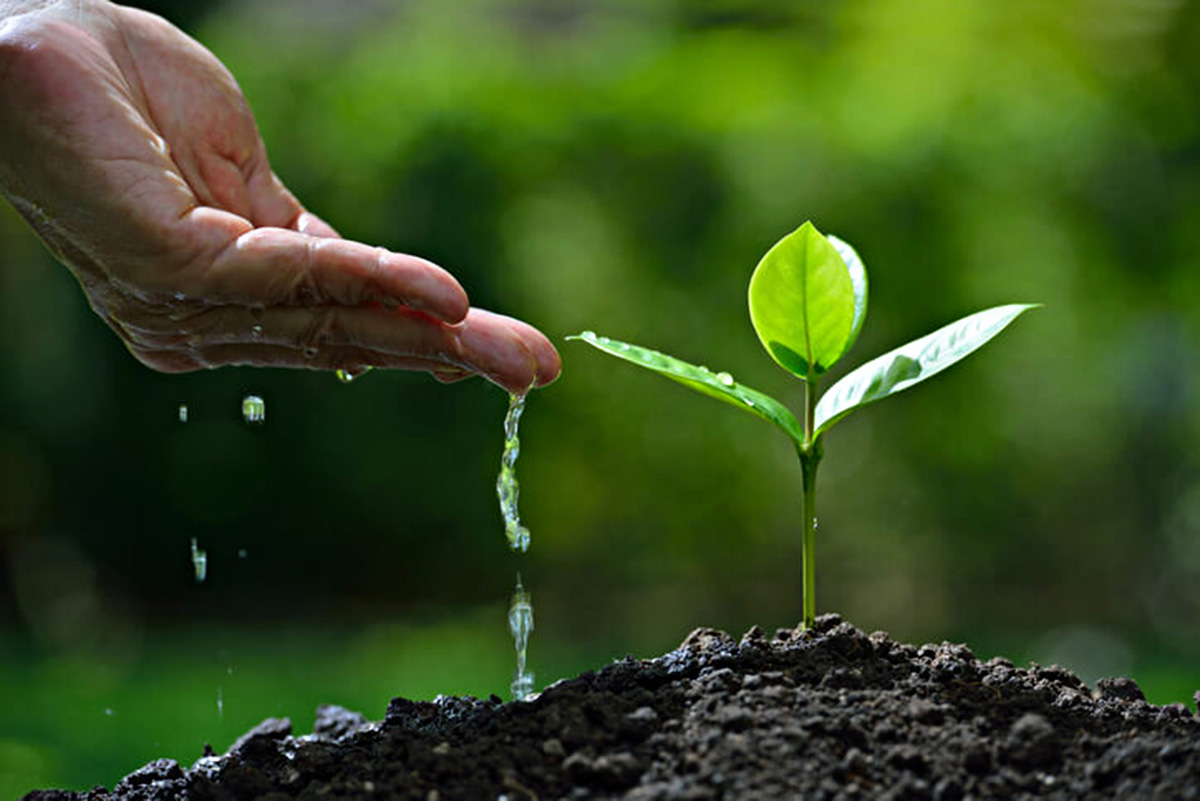

Garden Essentials
What Is The Longest Timeframe For A Tree To Germinate
Modified: March 24, 2024
Discover the longest timeframe for a tree to germinate and learn important gardening tips for a successful garden.
(Many of the links in this article redirect to a specific reviewed product. Your purchase of these products through affiliate links helps to generate commission for Storables.com, at no extra cost. Learn more)
Introduction
Welcome to the world of trees, where nature’s marvels unfold in intricate cycles. At the very heart of a tree’s life cycle lies the process of germination, the starting point for its journey from a tiny seed to a magnificent living organism. Germination is a critical stage for trees, as it determines their ability to establish roots and begin their growth. While the germination process varies across different tree species, there is a common question that often arises: what is the longest timeframe for a tree to germinate?
To answer this question, we must delve into the factors that influence germination time in trees and explore some fascinating case studies. Understanding the germination timeframes of different trees is not only important for horticulturists and arborists, but also for enthusiasts and nature lovers who seek to deepen their knowledge of the plant kingdom.
Factors such as seed size, species characteristics, environmental conditions, and seed dormancy play a significant role in the germination process. Seeds come in various sizes, and larger seeds often have a longer germination period compared to smaller ones. This is because larger seeds need more time to absorb the necessary water and nutrients to initiate the growth process.
Key Takeaways:
- Trees like the Baobab, Joshua Tree, and Coast Redwood have exceptionally long germination periods, challenging our patience and reminding us of the wonders of the natural world.
- Understanding tree germination timeframes is crucial for successful cultivation, native forest restoration, biodiversity preservation, climate change resilience, and raising awareness about the importance of trees.
Read more: What Do It Mean To Germinate Bonsai Trees
Factors Affecting Germination Time in Trees
The germination time of a tree can be influenced by several factors. Understanding these factors can help us comprehend why some trees take longer than others to germinate.
1. Seed Size: The size of a tree seed can have a direct impact on its germination time. Generally, larger seeds tend to have a longer germination period. This is because larger seeds contain more nutrients and energy reserves, which the seedling needs to develop and emerge from the seed coat.
2. Species Characteristics: Different tree species have specific germination requirements. Some species have specialized mechanisms in place to inhibit or delay germination until certain conditions are met. For example, certain tree seeds require exposure to cold temperatures or a period of stratification (exposure to moisture and cold) for a specific duration before they can germinate. This mechanism ensures that germination occurs under favorable conditions, such as springtime when temperatures are ideal for growth.
3. Environmental Conditions: The environment in which a tree seed is planted plays a crucial role in its germination time. Factors such as temperature, moisture, light, and soil type can significantly impact the germination process. Optimal temperature and moisture levels provide an ideal environment for seed hydration and metabolic activity, promoting germination. Light requirements vary among different tree species, with some seeds requiring exposure to light for germination, while others prefer darkness.
4. Seed Dormancy: Seed dormancy is a natural state where the seeds are temporarily prevented from germinating, even under favorable conditions. Dormancy serves as a survival mechanism, protecting the seed from germinating prematurely and increasing the chances of successful establishment. Various factors can induce seed dormancy, such as a thick seed coat, chemical inhibitors, or physical barriers within the seed. Dormancy periods can range from a few months to several years.
By understanding these factors, we can appreciate the intricate mechanisms at play during a tree’s germination process. However, it is essential to note that the germination timeframes can still vary within a species, as individual seeds may have different characteristics or be exposed to unique growing conditions. Let’s explore some intriguing examples of trees with exceptionally long germination periods.
The Longest Timeframe for Tree Germination
While most tree species have relatively short germination timeframes, there are a few exceptions that stand out with their unusually long germination periods. These trees require an incredible amount of patience and favorable conditions for germination to occur.
1. Baobab Tree (Adansonia): The majestic Baobab tree is known for its impressive size, unique appearance, and long lifespan. It is also renowned for its extraordinarily long germination period, which can range from several months to over a year. The Baobab tree’s seeds have a tough outer coating, which contributes to their slow germination. Additionally, these trees are adapted to regions with seasonal rainfall, and the seeds require a resting period to absorb water and initiate growth when conditions are favorable.
2. Joshua Tree (Yucca brevifolia): The Joshua Tree, native to the arid regions of southwestern North America, is another example of a tree with an extended germination time. Its seeds have a hard protective coat that takes a long time to break down. In addition, the Joshua Tree relies on the presence of a specific species of moth for pollination, further delaying the reproductive cycle. The tree’s germination period can extend from several weeks to several months, making it a testament to the resilience and patience of nature.
3. Coast Redwood (Sequoia sempervirens): Known for being the tallest trees in the world, Coast Redwoods have a reputation for their slow and meticulous germination process. The seeds of the Coast Redwood require specific environmental conditions, including cool temperatures and moist soil, to germinate successfully. These conditions are typically found in the foggy coastal regions where these trees thrive. The germination period for Coast Redwood seeds can range from several weeks to several months.
It’s fascinating to observe how these trees have evolved to adapt to their unique environments, where patience is rewarded with the growth of magnificent and enduring organisms. However, it’s important to remember that these long germination timeframes are exceptions, and most tree species have considerably shorter germination periods.
Now that we’ve explored some examples of trees with long germination timeframes, let’s delve into how environmental conditions can impact the germination process.
Case Studies of Trees with Long Germination Timeframes
Let’s delve deeper into the fascinating world of trees with long germination timeframes by exploring a couple of intriguing case studies.
1. Ginkgo Tree (Ginkgo biloba): The Ginkgo tree is a living fossil, with roots dating back millions of years. These trees have an intriguing reproductive process that involves separate male and female trees. The female Ginkgo trees produce large seeds covered with a fleshy outer layer. These seeds have a notoriously long germination period that can range from several months to over a year. The outer layer of the seed contains butyric acid, a compound that emits an unpleasant odor when it decomposes. This characteristic has led to the preference of planting male Ginkgo trees in urban areas, as the female trees’ seeds can be quite pungent during the germination process.
2. Georgia Pine (Pinus palustris): The Georgia Pine, also known as the Longleaf Pine, is a tree species native to the southeastern United States. This tree has a unique germination process that can take an extended period to complete. The seeds of the Georgia Pine have a hard coating that must be softened or damaged before germination can occur. This process is often initiated by a forest fire, as the intense heat breaks down the seed coat and stimulates germination. Without the presence of fire, the seeds can remain dormant for years, waiting for the right conditions to initiate growth.
These case studies highlight the diversity in the germination strategies of different tree species. While some trees have complex mechanisms in place to delay germination until specific conditions are met, others rely on external factors such as fires to trigger the process. These unique adaptations demonstrate the remarkable resilience of trees and their ability to thrive in varied environments.
Now, let’s explore the role of environmental conditions in the germination timeframe of trees.
Some tree seeds can take several months or even years to germinate, so it’s important to be patient and provide the right conditions for germination, such as proper moisture, temperature, and light.
Environmental Conditions and Germination Time
Environmental conditions play a crucial role in the germination time of trees. Factors such as temperature, moisture, light, and soil composition can significantly impact the germination process. Let’s take a closer look at how these conditions influence the timeframe for tree germination.
1. Temperature: Temperature is a critical factor that affects the rate of seed germination. Most tree species have a specific temperature range within which germination can occur optimally. Many trees prefer warmer temperatures for germination, as it enhances enzymatic activity and metabolic processes necessary for growth. However, some species, like those found in colder regions, may require a period of cold stratification to break seed dormancy and trigger germination.
2. Moisture: Adequate moisture is essential for seed germination. The moisture content in the soil or surrounding environment determines the seed’s ability to imbibe water and initiate metabolic activity. Dry conditions can delay or inhibit germination, while overly saturated conditions can lead to seed rot or fungal growth. Tree seeds have specific moisture requirements, and successful germination depends on providing the right amount of moisture for each species.
3. Light: Light requirements for germination vary among tree species. Some seeds, known as photoblastic seeds, require exposure to light for germination to occur. These seeds often have smaller sizes, while larger seeds can germinate in darkness. The presence or absence of light can trigger hormonal responses in seeds, influencing the initiation of growth. Understanding the light preferences of tree species is crucial when providing optimal germination conditions.
4. Soil Composition: Soil composition plays a vital role in seed germination. The texture, nutrient content, pH level, and drainage capacity of the soil can influence the availability of essential elements for growth. Tree seeds require a suitable substrate for root penetration and nutrient uptake. Additionally, soil moisture retention is critical, as excessive drainage can result in dry conditions that hinder germination.
By understanding the specific environmental conditions preferred by different tree species, we can create optimal conditions for germination, enhancing the chances of successful seedling establishment.
Understanding the factors that influence tree germination time is crucial for horticulturists, arborists, and conservationists who work with tree species. By providing the right conditions for germination, we can foster tree growth and contribute to the preservation and restoration of our planet’s plant life.
Now, let’s explore the importance of understanding tree germination timeframes.
Read more: How To Germinate Jacaranda Tree
Importance of Understanding Tree Germination Timeframes
Understanding the germination timeframes of trees is of great importance for various reasons, ranging from horticulture and conservation to ecosystem restoration and biodiversity preservation. Let’s explore why it is vital to have a deep understanding of tree germination timeframes:
1. Successful Cultivation: For horticulturists and gardeners, knowledge of tree germination timeframes is essential to ensure successful cultivation. By understanding the optimal temperature, moisture, and light requirements for germination, they can create ideal conditions to promote seedling establishment and growth. This knowledge allows for strategic planning and enhances the chances of achieving desired outcomes in gardens and nurseries.
2. Native Forest Restoration: In the context of conservation and ecosystem restoration, understanding tree germination timeframes is crucial. It helps in selecting appropriate tree species and timing the seed collection and planting activities. By coordinating the germination process with the natural cycles of the ecosystem, restoration efforts can be more effective and sustainable in promoting the reestablishment of native forests.
3. Biodiversity Preservation: Trees play a significant role in maintaining biodiversity by providing habitat, food sources, and shelter for a wide range of organisms. Understanding germination timeframes allows conservationists to assess and monitor the health and viability of tree populations. It enables conservation efforts to focus on promoting the germination and growth of endangered or rare tree species, contributing to the preservation of biodiversity hotspots.
4. Climate Change Resilience: With the changing climate, understanding tree germination timeframes is crucial for enhancing the resilience of forest ecosystems. By studying how climatic variations affect germination, scientists and researchers can predict and prepare for the potential impacts of climate change on tree populations. This knowledge helps in developing strategies to adapt forest management practices and ensure the long-term survival of tree species in the face of changing environmental conditions.
5. Education and Awareness: Knowledge of tree germination timeframes is valuable for educational purposes and raising awareness about the importance of trees. By sharing information about the incredible diversity and complexity of the germination process, we can inspire a deeper appreciation for trees and their vital role in our ecosystems. This knowledge empowers individuals to make informed decisions about tree planting, conservation initiatives, and sustainable practices in their own communities.
Understanding tree germination timeframes goes beyond mere curiosity. It has practical applications in various fields and contributes to the overall well-being and sustainability of our natural environment. By investing in research and sharing information, we can continue to unravel the mysteries of tree germination and unlock the potential for a greener future.
As we conclude our exploration of tree germination timeframes, let’s reflect on the incredible perseverance and resilience of these remarkable organisms that begin their journey from a tiny seed and grow into magnificent trees, enriching and sustaining life on Earth.
Conclusion
In the intricate world of trees, the process of germination holds the key to their growth and survival. Understanding the germination timeframes of trees is not only fascinating but also essential for various fields, including horticulture, conservation, ecosystem restoration, and climate change resilience.
We have explored the factors that affect germination time in trees, such as seed size, species characteristics, environmental conditions, and seed dormancy. While most tree species have relatively short germination periods, there are a few exceptions that stand out with their exceptionally long germination timeframes. Trees like the Baobab, Joshua Tree, and Coast Redwood challenge our patience and remind us of the wonders of the natural world.
Environmental conditions, including temperature, moisture, light, and soil composition, also play a crucial role in the germination process. By providing the right conditions, we can promote successful germination and contribute to the growth and preservation of tree populations.
The understanding of tree germination timeframes is not only important practically but also for educational purposes, raising awareness about the importance of trees and the need to preserve biodiversity. By sharing this knowledge, we empower individuals to participate in tree planting initiatives, conservation efforts, and sustainable practices for a greener future.
As we reflect on the marvels of tree germination, let us appreciate the resilience and perseverance of these living organisms. From their humble beginnings as tiny seeds, trees grow into magnificent structures that enrich our environments and sustain life on Earth.
So, the next time you encounter a tree seed, take a moment to marvel at the incredible journey it embarks upon, and remember the wisdom hidden within its slow and meticulous germination process.
For in the remarkable world of trees, germination is not just a starting point, but a testament to the power of nature’s patience and the endless cycle of life.
Frequently Asked Questions about What Is The Longest Timeframe For A Tree To Germinate
Was this page helpful?
At Storables.com, we guarantee accurate and reliable information. Our content, validated by Expert Board Contributors, is crafted following stringent Editorial Policies. We're committed to providing you with well-researched, expert-backed insights for all your informational needs.
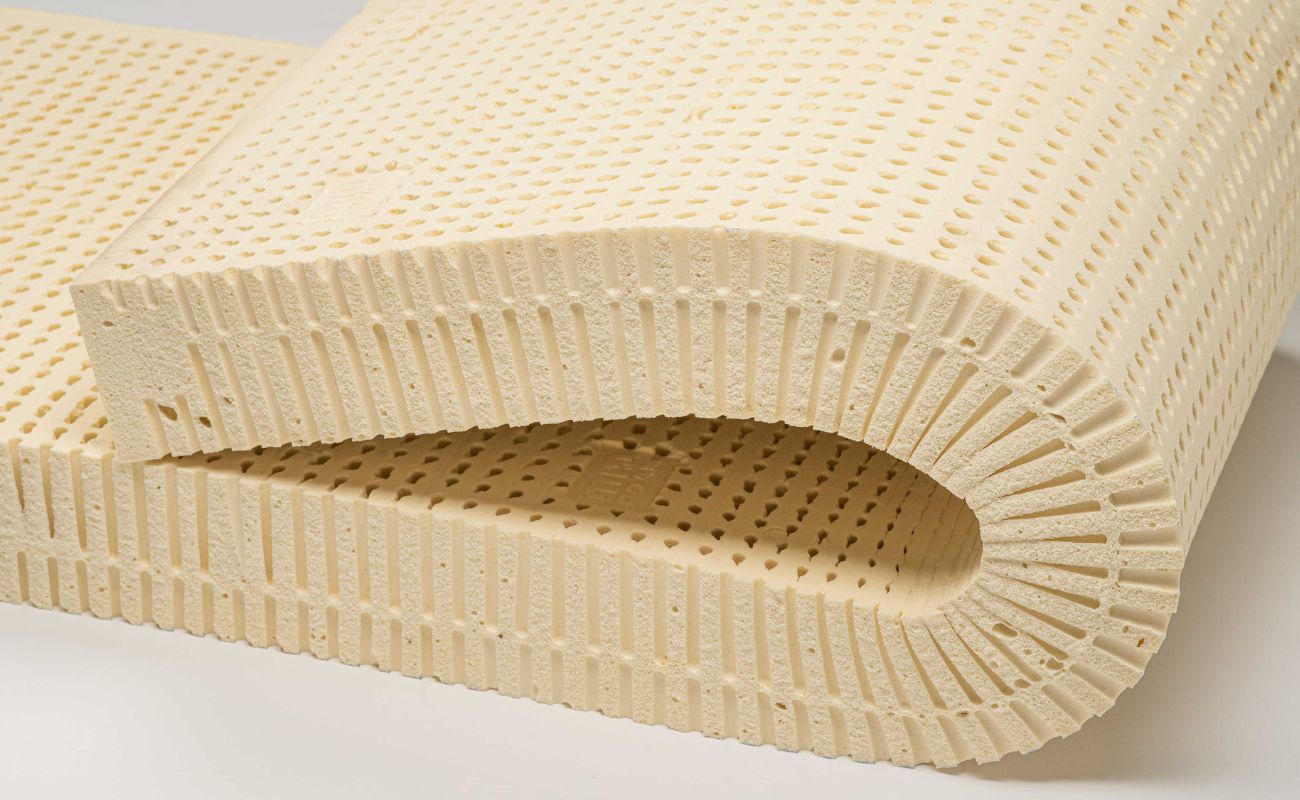






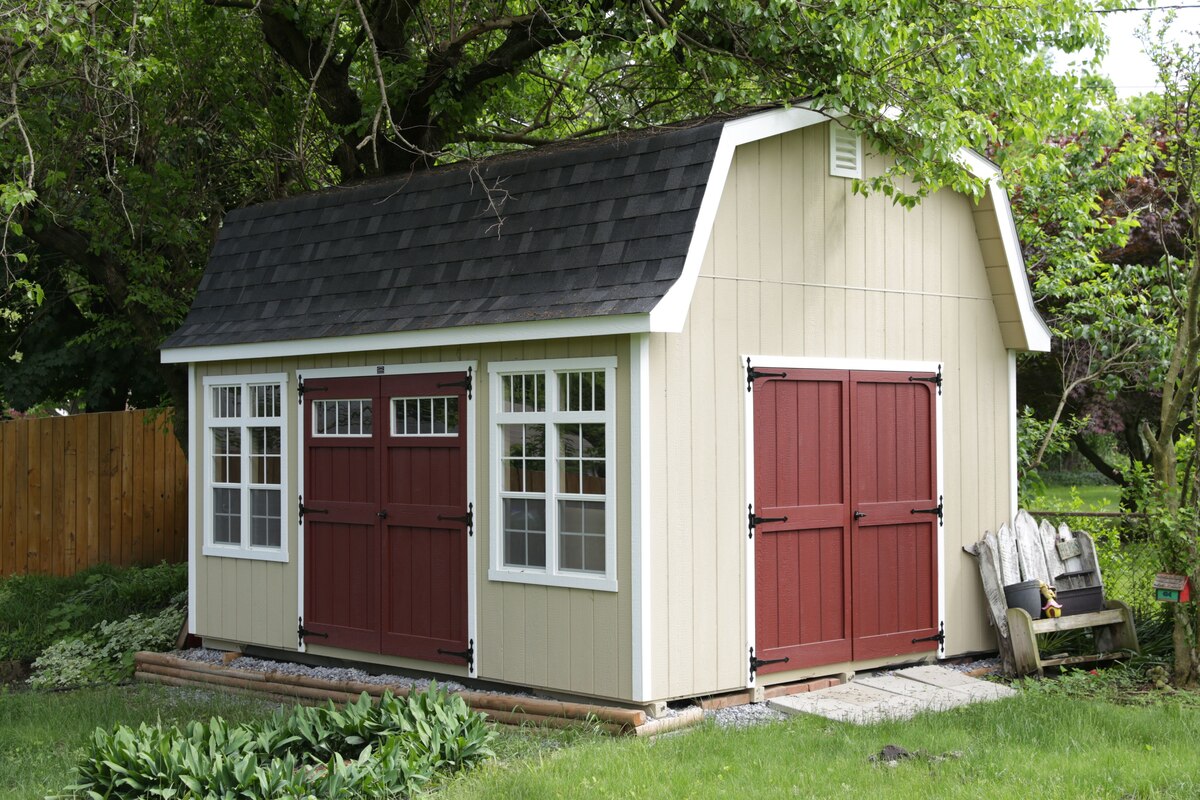
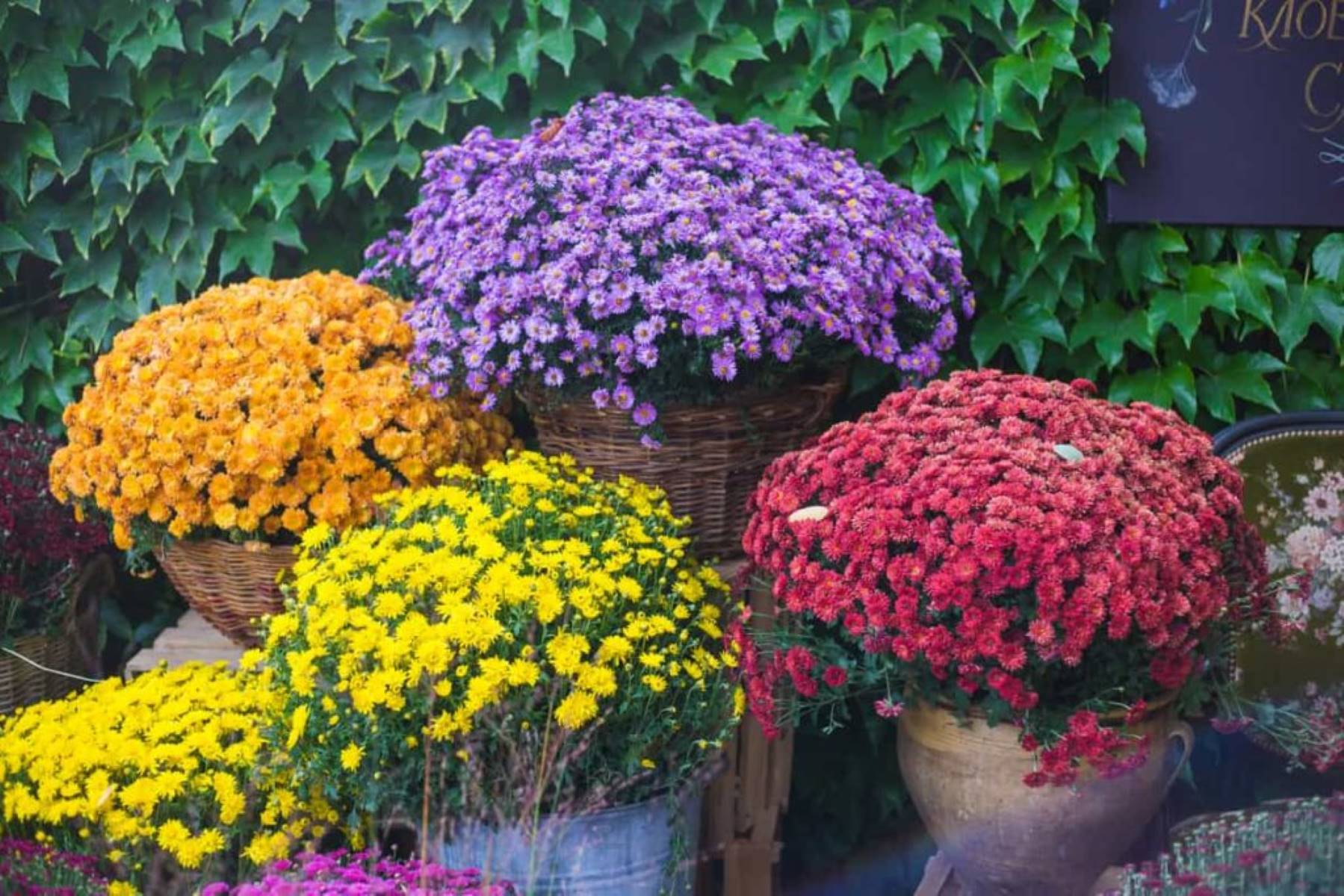

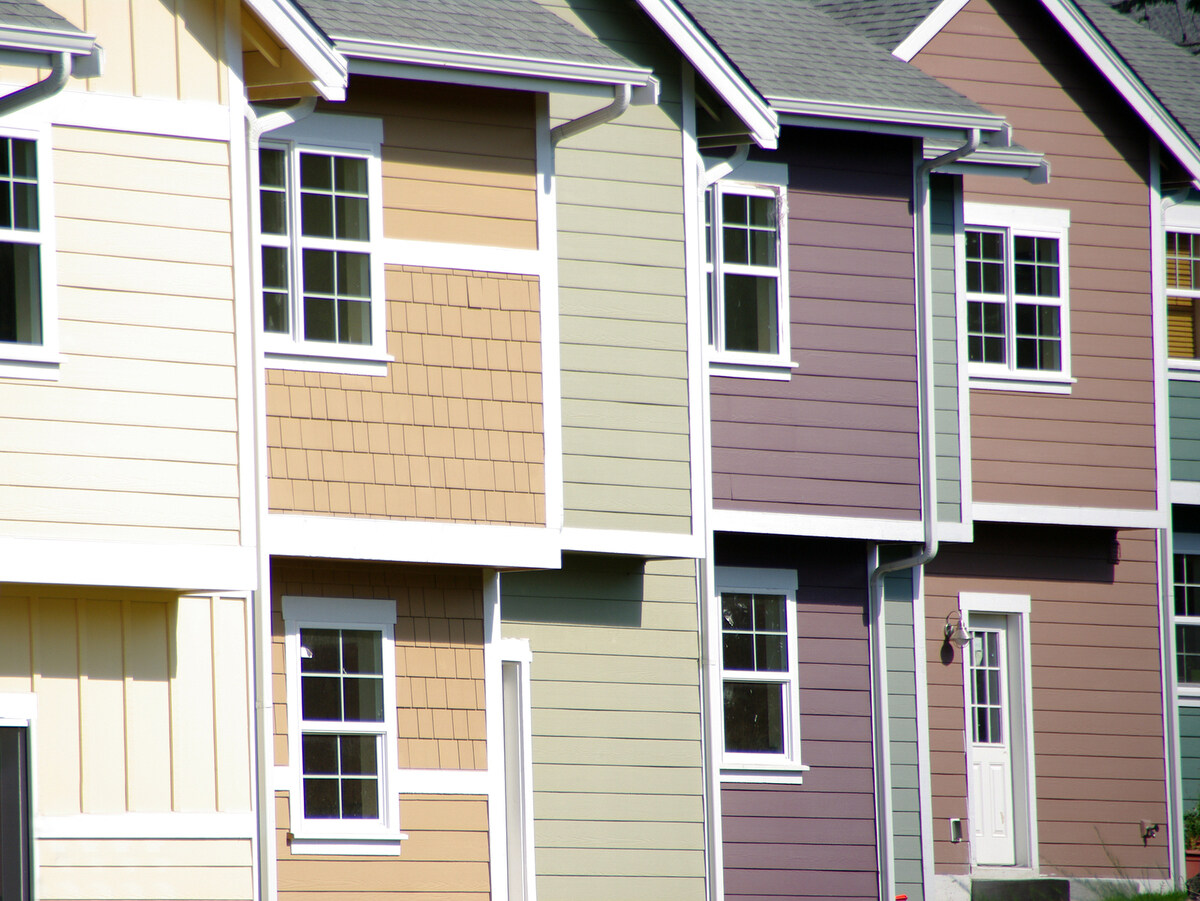

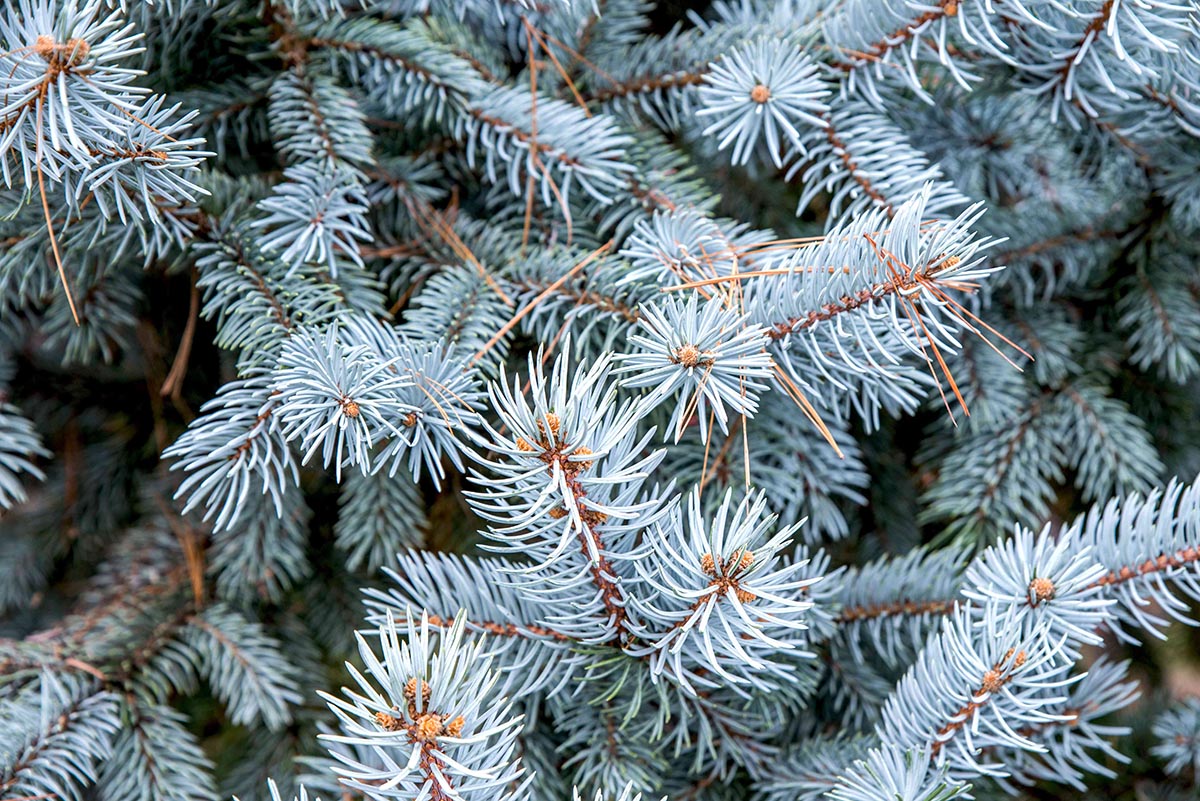


0 thoughts on “What Is The Longest Timeframe For A Tree To Germinate”